Ketamine therapy has emerged as a beacon of hope for individuals struggling with treatment-resistant mental health conditions like depression, anxiety, and PTSD. But its past as a recreational drug often casts a long shadow, breeding fear and confusion. Let’s shed some light and debunk some common myths about ketamine therapy:
Myth #1: Ketamine therapy is just getting high.
Reality: Therapeutic ketamine is different from its illicit counterpart in several crucial ways:
- Dose: In therapy, doses are significantly lower than those used recreationally. This minimizes the risk of intoxication and unwanted side effects.
- Setting: Ketamine therapy is administered in a controlled medical environment under the supervision of qualified healthcare professionals. Gone are the dark clubs and shady back alleys.
- Monitoring: Vital signs are constantly monitored throughout the treatment, ensuring patient safety.
- Therapeutic intent: Ketamine therapy aims to address specific mental health symptoms, not to induce euphoria or dissociation.
Think of it like this: Aspirin can be a harmless pain reliever or a dangerous overdose depending on the dose and context. Similarly, ketamine’s effects depend on how it’s used.
Myth #2: Ketamine is addictive and dangerous.
Reality: When administered properly, ketamine has a favorable safety profile. Studies show no significant addiction potential at therapeutic doses. In fact, ketamine is considered one of the safest medications on the World Health Organization’s list of essential medicines.
Of course, there can be side effects, like nausea, dizziness, and temporary dissociation. But these are typically mild and manageable under medical supervision.
Myth #3: Ketamine therapy is a magic bullet.
Reality: Ketamine is a powerful tool, but it’s not a one-stop solution. It often works best in conjunction with other therapies like psychotherapy and lifestyle changes. Think of it as a reset button that helps you break free from the grip of your condition, allowing you to engage more effectively in other forms of treatment.
Remember, healing is a journey, not a destination.
Myth #4: Ketamine therapy is only for extreme cases.
Reality: While ketamine shows promise in treatment-resistant cases, research is exploring its potential for a wider range of mental health conditions. Studies suggest it may benefit individuals struggling with OCD, bipolar disorder, and even chronic pain.
It’s important to discuss your specific situation with a qualified mental health professional to determine if ketamine therapy could be a helpful option for you.
Don’t let myths and misconceptions hold you back from exploring potential pathways to healing. Ketamine therapy is not a recreational drug masquerading as medicine. It’s a legitimate, research-backed treatment offering hope to countless individuals. If you’re struggling, reach out, get informed, and ask questions. You deserve to explore all avenues on your road to well-being.


